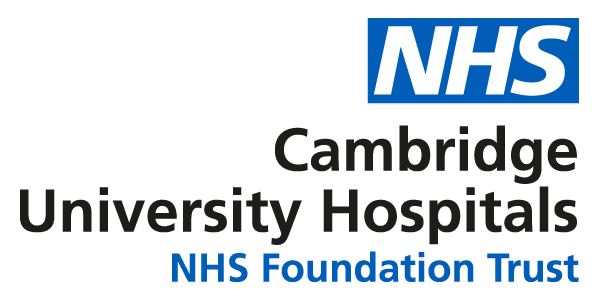Who is the leaflet for? What is its aim?
This patient leaflet is for patients who have injured their thumb. The aim of the leaflet is to provide information on recovery and exercises.
Following an injury to your thumb you may experience some swelling and stiffness of the fingers. This is very normal and over time these should improve. When a thumb is injured, sometimes soft tissue (tendons, ligaments and muscle) can also be involved, this can make recovery slower. Also, swelling (oedema) can restrict movement of a joint, making the thumb stiff.
The following exercises will help to reduce stiffness and increase thumb movement. When completing them you may experience tightness or a pulling sensation but this is normal. If you experience a sharp pain, reduce the intensity of the exercises or stop for a couple of days to allow the pain to subside.
The thumb has three joints in it. The top joint is called the interphalangeal joint (IPJ), the middle joint is called the metacarpal phalangeal joint (MCPJ) and the joint at the base of the thumb is called the carpometacarpal joint (CMCJ).,

Sit comfortably with your elbow on a table surface and your hand in the air.






Contacts/further information
The occupational therapy department is located in clinic 30 in the Addenbrooke’s Treatment Centre (ATC). The occupational therapy reception telephone number: 01223 216769
References/sources of evidence
Davis DI, Baratz M (2010) Soft tissue complications of distal radius fractures. Hand Clinic. 26(2), 229-235.
LaStayo P, Winter K, Hardy M (2003) Bone healing, fracture management and current concepts related to the hand. Journal of Hand Therapy, (16), 81-93.
Mackin EJ, Callahan AD, Skirven TM, Schneider LH, Osterman AL (2002) Rehabilitation of the Hand and Upper Extremity.5th Edn. Fractures and joint injuries of the hand.
Privacy and dignity
Same sex bays and bathrooms are offered in all wards except critical care and theatre recovery areas where the use of high-tech equipment and/or specialist one to one care is required.
We are smoke-free
Smoking is not allowed anywhere on the hospital campus. For advice and support in quitting, contact your GP or the free NHS stop smoking helpline on 0800 169 0 169.
Other formats
Help accessing this information in other formats is available. To find out more about the services we provide, please visit our patient information help page (see link below) or telephone 01223 256998. www.cuh.nhs.uk/contact-us/accessible-information/
Contact us
Cambridge University Hospitals
NHS Foundation Trust
Hills Road, Cambridge
CB2 0QQ
Telephone +44 (0)1223 245151
https://www.cuh.nhs.uk/contact-us/contact-enquiries/

